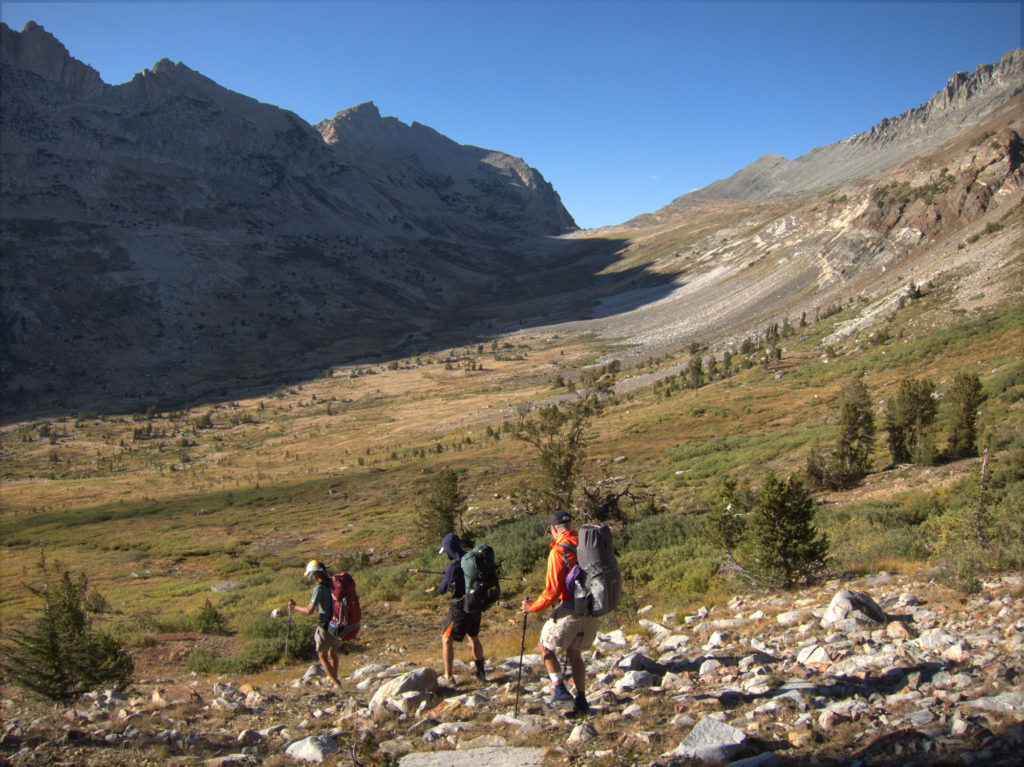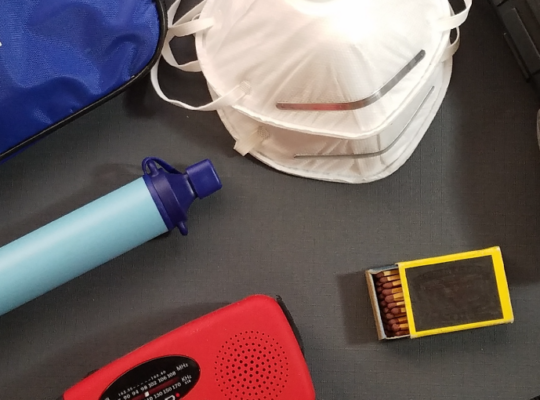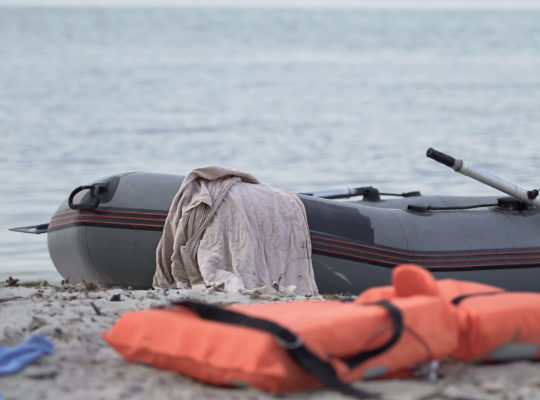Many people like to travel to beautiful and awe-inspiring places are around the world, but some of the most beautiful places in the world are some of the most remote. With remote territory comes specific danger and the need to be ready for some of the most dangerous environments. Being in the mountains presents unique challenges and that if you want to spend time there, you need to be ready to administer wilderness first aid if needed. Wilderness first aid is slightly different than other areas of first aid because the amount of time that you must care for the injured person is generally much longer than anywhere else. How do you care for someone who is hurt in the mountains?

The American Red Cross recommends a “check, call, care” approach to wilderness medicine when you are in the mountains. This method is meant to help you to stay safe as well as to provide adequate care for the injured person until more qualified help can arrive.
Check
This is when you must make sure the scene is safe to approach and figure out what happened and what the emergency is. During this stage you should protect yourself first by using gloves or other personal protection equipment that is appropriate. You then need to assess the patient and how life threatening their injuries are. You should follow the ABCDE technique for this:
A – Airway
B – Breathing
C – Circulation
D – Disability
E – Environment
Once you have done this, and you have determined what the patient needs as well as alleviated any immediate danger to you and the patient you can move on to the next step.
Call
Based upon the patient’s injuries, you must decide if you will stay and wait for help or if you will try to extract the patient yourself. Some of the variables that you should consider are:
- Environmental dangers
- Distance from help
- Equipment
- Availability of others to help you
Your priorities should be immediate safety for you, the patient and the group and then to get them emergency care as quickly as possible. The assessment that you make based upon all these factors. Either way, if you can, you should call for help and alert authorities that there is need for help and tell them about your plan. You can signal using phones, 2-way radios, smoke, or three shouts, blasts from a whistle or shots from a gun. These are recognized as signs of distress. Once you have decided on a plan, you should commit to it, as long as circumstances don’t change.
Care
With wilderness first aid, Whether you decide to stay or go, begin treatment of the injuries if you can. Keep the patient as comfortable as possible and try to keep them in the best shape that you can until you reach the help that they need. You should prioritize their care based on the severity of the injuries. Always be sure to keep the patient comfortable and hydrated while you are providing care. Remember that when giving care, you are trying to minimize the effects of the injuries, and when you are in the mountains or the wilderness, you may need to do this for an extended period of time. Be resourceful with what you can do to help the patient and remember because of the distance from help you may need to take more drastic measures to ensure the survival of the patient.
For more information about wilderness first aid, see this red cross guide.



